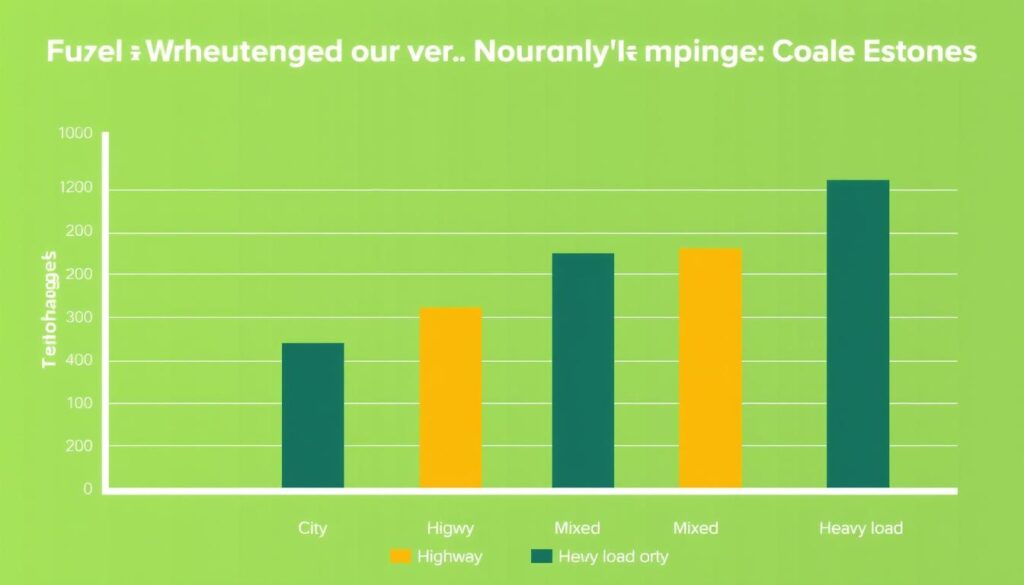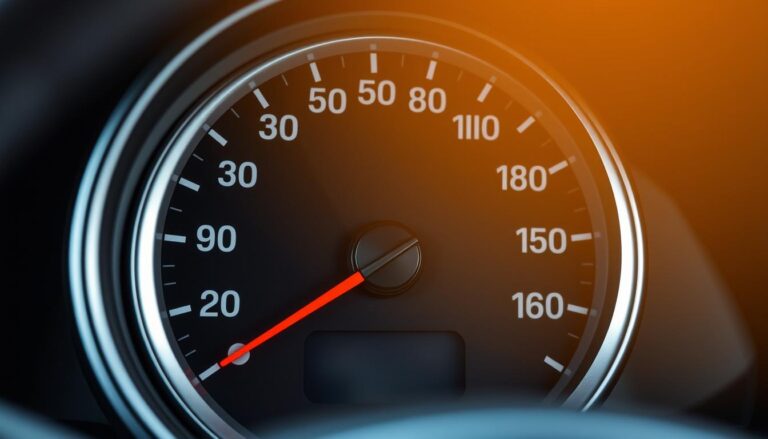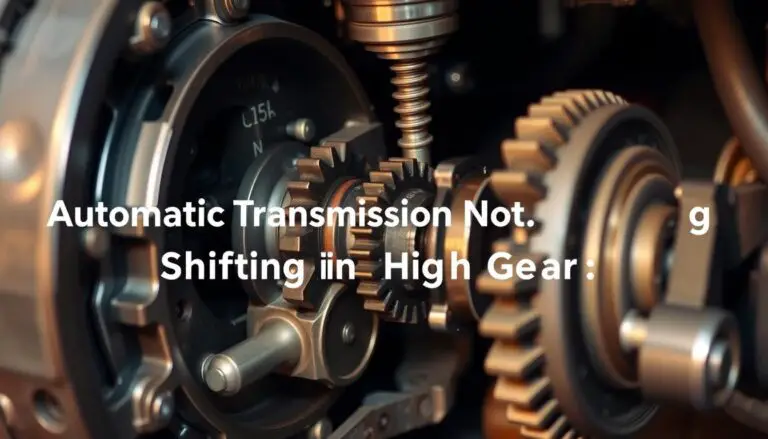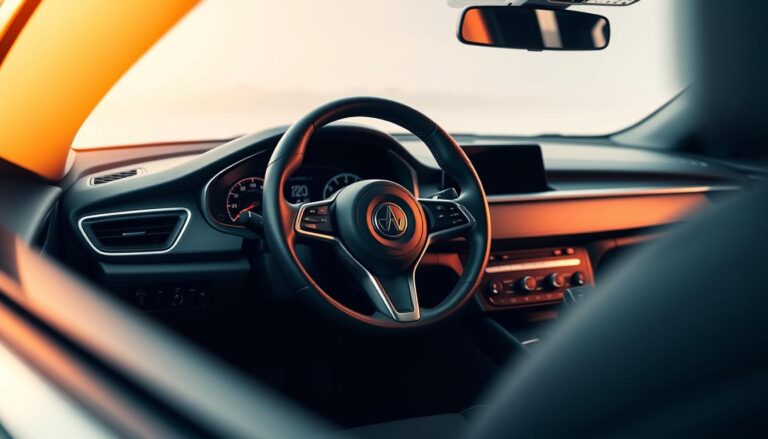When shopping for a new vehicle, you’ve likely noticed manufacturers touting turbocharged engines as a way to get more power without sacrificing fuel economy. The promise sounds appealing: a smaller, more efficient engine that delivers the performance of a larger one while using less fuel. But does this technology actually deliver on its fuel-saving claims in real-world driving?
This comprehensive guide explores the complex relationship between turbochargers and fuel efficiency to help you make an informed decision about your next vehicle purchase.
How Turbochargers Work: The Basics
Turbochargers were originally developed in the early 20th century for aircraft engines, helping them maintain power at high altitudes where the air is thinner. Today, they’ve become a common feature in everything from economy cars to high-performance vehicles.
At its core, a turbocharger is an air pump powered by exhaust gases. When you press the accelerator, exhaust flows through the turbocharger’s turbine wheel, causing it to spin. This turbine is connected by a shaft to a compressor wheel, which draws in ambient air and compresses it before sending it into the engine’s combustion chambers.
This compressed air contains more oxygen molecules than normal atmospheric air, allowing the engine to burn more fuel in each combustion cycle. The result is more power from a smaller engine displacement, which theoretically should improve fuel efficiency when you’re not demanding that extra power.
Theoretical Fuel Efficiency Benefits of Turbocharging
From a theoretical standpoint, turbochargers offer several potential fuel economy benefits:
- Engine Downsizing: Manufacturers can use smaller, more fuel-efficient engines while maintaining the power output customers expect. A turbocharged 1.5-liter engine might produce the same power as a naturally aspirated 2.5-liter engine while using less fuel during normal driving.
- Better Thermal Efficiency: Smaller engines have less internal friction and heat loss, which can improve overall efficiency when not under heavy load.
- Energy Recovery: Turbochargers harness energy from exhaust gases that would otherwise be wasted, putting that energy to work compressing intake air.
- Optimized Combustion: The higher pressure in the combustion chamber can lead to more complete fuel burning under certain conditions.
These advantages make turbocharged engines particularly efficient during steady-state cruising, such as highway driving, when the turbocharger isn’t actively boosting and the smaller engine can operate efficiently within its optimal range.
Real-World Factors Affecting Turbocharger Fuel Efficiency
While the theory sounds promising, several real-world factors can significantly impact whether a turbocharged engine actually delivers better fuel economy:
Driving Habits and Turbocharger Fuel Efficiency
Perhaps the most significant factor affecting turbocharger fuel efficiency is how you drive. Aggressive acceleration, high-speed driving, and frequent passing maneuvers all cause the turbocharger to engage more often, pumping more air and fuel into the engine.
When a turbocharger is actively boosting, the engine typically consumes more fuel than a comparable naturally aspirated engine producing the same power. This is because the compressed air allows for more fuel to be injected and burned. If you frequently drive with a heavy foot, you’ll likely see fuel economy numbers well below the EPA estimates.
Boost Threshold and Turbo Lag

Turbochargers don’t provide boost immediately – they need to spool up to a certain RPM before generating significant pressure. This “boost threshold” varies between vehicles but typically occurs when you press the accelerator beyond light throttle application.
Many drivers unconsciously press the pedal harder to overcome the momentary lag before boost kicks in, which can lead to more aggressive driving patterns and increased fuel consumption. Modern turbocharged engines have reduced this lag considerably, but it still influences driving behavior and fuel economy.
Heat Management and Enrichment
Turbocharged engines generate more heat than naturally aspirated engines, particularly under load. To protect components from excessive temperatures, the engine control unit often enriches the fuel mixture (adding more fuel than theoretically needed for complete combustion), which reduces fuel economy.
This protective enrichment is especially common during spirited driving or when towing, and it can significantly impact real-world fuel efficiency compared to EPA test results, which don’t typically involve sustained high-load operation.
Turbocharged vs. Naturally Aspirated Engines: Fuel Economy Comparison

Research from Car and Driver magazine found that in highway testing at a steady 75 mph, turbocharged vehicles actually exceeded their EPA highway ratings by an average of 3.1%, while naturally aspirated vehicles only matched their ratings on average. This suggests that in steady-state cruising, turbochargers can deliver on their efficiency promises.
However, the picture changes in mixed driving conditions. Data from Emissions Analytics, which conducts real-world fuel economy testing, shows that while turbocharged vehicles still slightly outperformed their EPA ratings (by 0.6%), they didn’t deliver the significant advantages sometimes claimed by manufacturers.
| Driving Condition | Turbocharged Advantage | Best For Fuel Economy |
| Highway Cruising | Significant | Turbocharged |
| City Stop-and-Go | Minimal to None | Naturally Aspirated |
| Mixed Driving | Slight | Depends on Driving Style |
| Heavy Load/Towing | Negative | Naturally Aspirated |
Expert Opinions on Turbocharger Fuel Efficiency
“Turbocharged vehicles do live up to their fuel-economy labels. And they don’t suffer in the real world any more than naturally aspirated vehicles. That said, there are hundreds of cars, turbocharged and not, that exceed or fall short of the official fuel-economy numbers—some by 20 percent.”
Automotive engineers generally agree that turbocharging technology itself isn’t inherently more or less efficient than natural aspiration. Rather, it’s how the technology is implemented, tuned, and driven that determines real-world fuel economy.
Maximizing Fuel Efficiency in Turbocharged Vehicles

Gentle acceleration and monitoring real-time fuel economy can help maximize efficiency
If you own or are considering a turbocharged vehicle, these practical tips can help you achieve the best possible fuel economy:
- Accelerate Smoothly: Gradual acceleration keeps the turbocharger from engaging unnecessarily, allowing the engine to operate in its most efficient range.
- Anticipate Traffic Flow: Looking ahead and avoiding sudden stops and starts reduces the need for boost and improves overall efficiency.
- Maintain Steady Speeds: Turbocharged engines are most efficient during steady-state cruising, so using cruise control on highways can help maximize MPG.
- Shift Early (Manual Transmissions): Turbocharged engines typically produce peak torque at lower RPMs than naturally aspirated engines, so shifting earlier can improve efficiency.
- Regular Maintenance: Keep your turbocharger and engine in top condition with regular oil changes using the manufacturer’s recommended oil grade.
- Monitor Boost: If your vehicle has a boost gauge, keeping boost levels moderate during normal driving will improve fuel economy.
- Allow Proper Warm-Up: Cold turbocharged engines often run richer fuel mixtures. Allow a brief warm-up period before demanding full power.
Common Misconceptions About Turbochargers and Fuel Economy
Myth: Turbocharged engines always get worse fuel economy than advertised
Reality: Research shows that turbocharged vehicles actually meet or exceed their EPA ratings about as often as naturally aspirated vehicles. Individual results vary based on driving style and conditions, but there’s no systematic underperformance specific to turbocharged engines.
Myth: Turbochargers are only for performance, not efficiency
Reality: While turbochargers can enhance performance, modern turbocharging technology is primarily implemented for efficiency through engine downsizing. Many economy-focused vehicles use small turbocharged engines specifically to improve fuel economy.
Myth: Premium fuel is always required for turbocharged engines
Reality: Many modern turbocharged engines are designed to run efficiently on regular unleaded fuel. While some high-performance turbocharged engines do require premium fuel, it’s not a universal requirement. Always follow the manufacturer’s recommendations.
Myth: Turbochargers significantly reduce engine lifespan
Reality: Modern turbochargers are designed to last the life of the engine with proper maintenance. Advances in materials, cooling systems, and lubrication have largely addressed the reliability concerns of early turbocharged engines.
Conclusion: Do Turbochargers Actually Increase MPG?
The answer to whether turbochargers increase MPG isn’t straightforward. Under ideal conditions and with appropriate driving habits, turbocharged engines can deliver the fuel economy benefits manufacturers claim. However, these benefits are highly dependent on how and where you drive.
For drivers who primarily cruise highways at steady speeds and avoid aggressive acceleration, a turbocharged engine may indeed provide better fuel economy than a larger naturally aspirated engine with similar power. Conversely, if your driving involves frequent acceleration, stop-and-go traffic, or carrying heavy loads, you might not see the fuel economy advantages you expected.
The most accurate conclusion comes from Car and Driver’s extensive testing: “The data largely vindicates the EPA’s fuel-economy methodology, but it’s an even stronger endorsement of that old axiom: Your mileage may vary.”
When shopping for a vehicle, consider your typical driving conditions and habits alongside the EPA ratings. Test drive both turbocharged and naturally aspirated options if available, and research real-world fuel economy reports from current owners. This approach will help you determine whether a turbocharged engine is likely to deliver the fuel efficiency you’re looking for in your specific circumstances.


